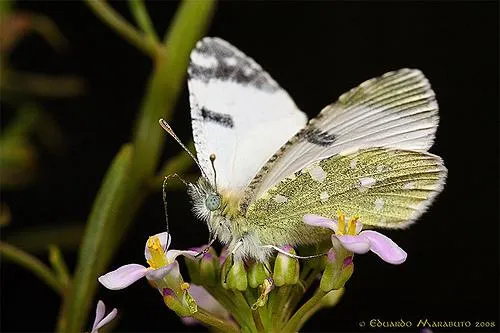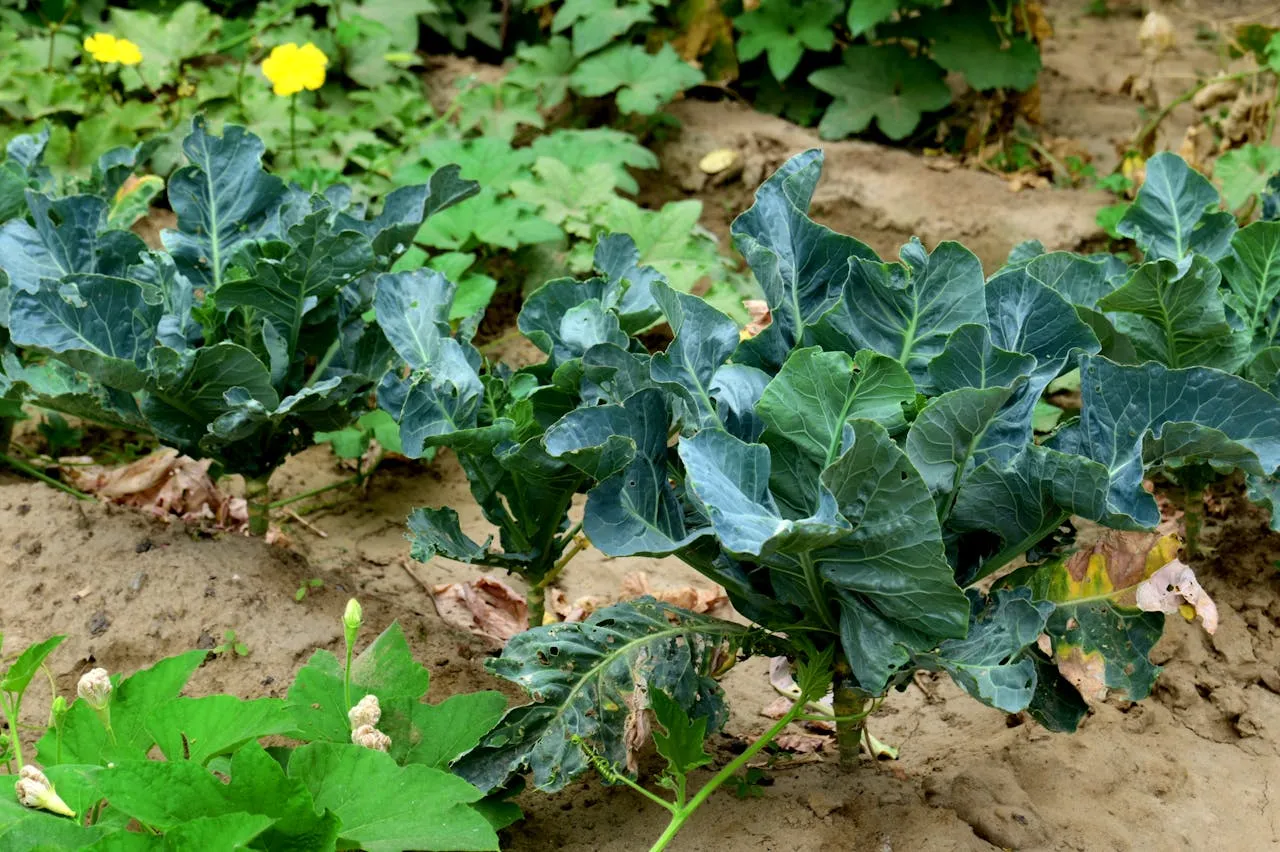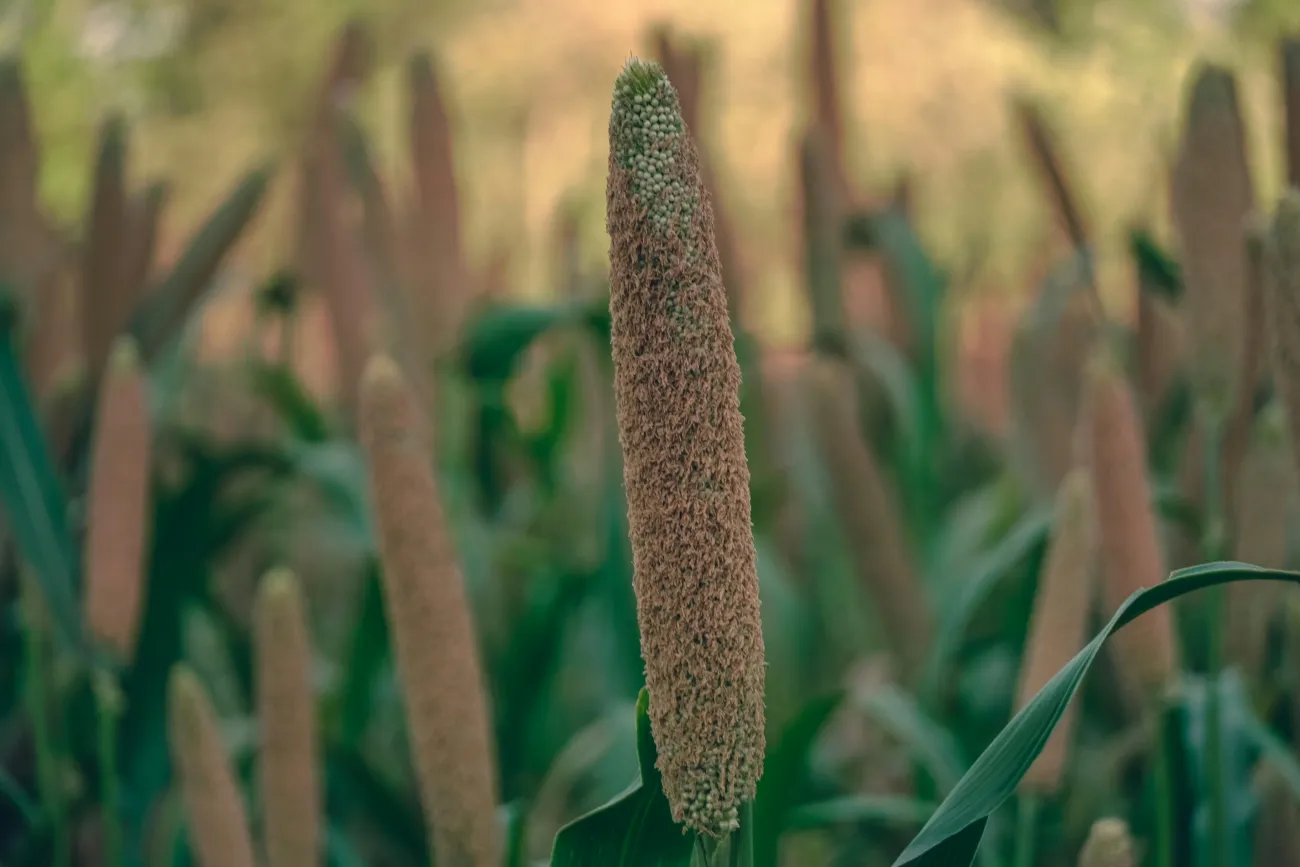In this paper, researchers from the Universities of Southampton and Reading compare how effective three different wildlife-friendly farming strategies are at supporting habitat diversity and species richness.

The researchers compare four triplets of farms, each triplet containing farms matched for soil type, crops and livestock, but using three different wildlife-friendly strategies: organic farming, Conservation Grade (CG, whereby prescribed proportions of the farm are dedicated to specific wildlife-supporting functions, e.g. the growth of wild bird food plants), and the UK Government’s Entry Level Stewardship scheme (ELS, the most widespread strategy, and less prescriptive than the other two, in which farmers choose from a number of options which activities to carry out on their farms to gain points).
At four different spatial scales (100 m, 250 m, 1 km and 3 km radius), the researchers compare the habitat diversity (using the Shannon diversity index) and biodiversity (counts of butterflies, birds, bees and plants, using transects, pan traps and quadrats as appropriate) between farms employing the three strategies. The key findings of the paper are:
- ELS supports lower habitat and species diversity (of some species) at the two smallest scales than CG and/or organic farming;
- at smaller scales, habitat diversity is a good predictor of species richness in some taxa;
- at the larger scales, organic and CG farms support significantly more butterfly species than ELS, and organic farms also support more plant species
Ultimately this means that the most effective wildlife-friendly strategies are the more prescriptive CG and organic options, rather than the more widespread and government-incentivised ELS. The authors note the caveat that ¾ of the farms practicing organic or CG methods, were carrying out additional management as part of the Higher Level Stewardship scheme, which may have an impact on the results. The authors finally recommend that future wildlife-friendly farming schemes contain compulsory, contractually binding ecological standards.
While this paper highlights the beneficial impacts of wildlife-friendly farming on habitats and biodiversity, consideration must also be given to the issue of yield: if yield is lower on wildlife-friendly farms, then more land may be required for agriculture – land which might otherwise have supported higher diversity even than wildlife-friendly farms (this is the so-called ‘land-sharing vs. land-sparing’ debate. For a discussion of this issue in tropical regions, see for example this paper).
Abstract
- Restoration and maintenance of habitat diversity have been suggested as conservation priorities in farmed landscapes, but how this should be achieved and at what scale are unclear. This study makes a novel comparison of the effectiveness of three wildlife-friendly farming schemes for supporting local habitat diversity and species richness on 12 farms in England.
- The schemes were: (i) Conservation Grade (Conservation Grade: a prescriptive, non- organic, biodiversity-focused scheme), (ii) organic agriculture and (iii) a baseline of Entry Level Stewardship (Entry Level Stewardship: a flexible widespread government scheme).
- Conservation Grade farms supported a quarter higher habitat diversity at the 100-m radius scale compared to Entry Level Stewardship farms. Conservation Grade and organic farms both supported a fifth higher habitat diversity at the 250-m radius scale compared to Entry Level Stewardship farms. Habitat diversity at the 100-m and 250-m scales significantly predicted species richness of butterflies and plants. Habitat diversity at the 100-m scale also significantly predicted species richness of birds in winter and solitary bees. There were no significant relationships between habitat diversity and species richness for bumblebees or birds in summer.
- Butterfly species richness was significantly higher on organic farms (50% higher) and marginally higher on Conservation Grade farms (20% higher), compared with farms in Entry Level Stewardship. Organic farms supported significantly more plant species than Entry Level Stewardship farms (70% higher) but Conservation Grade farms did not (10% higher). There were no significant differences between the three schemes for species richness of bumblebees, solitary bees or birds.
- Policy implications. The wildlife-friendly farming schemes which included compulsory changes in management, Conservation Grade and organic, were more effective at increasing local habitat diversity and species richness compared with the less prescriptive Entry Level Stewardship scheme. We recommend that wildlife-friendly farming schemes should aim to enhance and maintain high local habitat diversity, through mechanisms such as option pack- ages, where farmers are required to deliver a combination of several habitats.
Citation
Hardman, C.J., Harrison, D.P.G., Shaw, P.J., Nevard, T.D., Hughes, B., Potts, S.G., and Norris, K. (2015). Supporting Local Diversity of Habitats and Species on Farmland: A Comparison of Three Wildlife-Friendly Schemes. Journal of Applied Ecology [online].
Read the full paper here and see further coverage here.
You can find further related resources in our Research Library categories on agricultural and aquatic systems, biodiversity and ecosystems, agricultural biodiversity, landscape biodiversity, organic, standards, ecosystems and ecosystem services.




Comments (0)